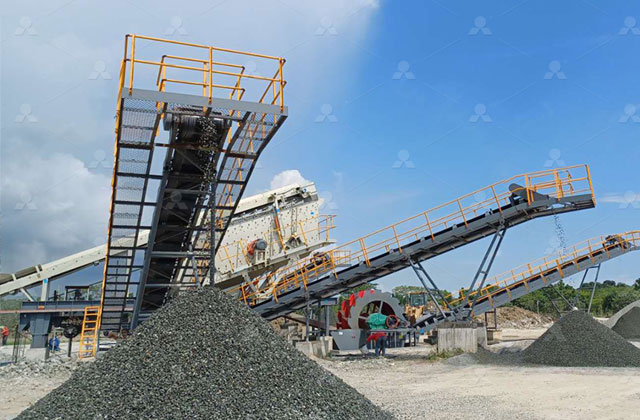Limestone aggregate crushers play a crucial role in the construction and mining industries, offering a means of transforming limestone into high-quality aggregates used in a wide range of applications. The process involves the extraction of limestone from quarries, followed by crushing and screening to produce different sizes of aggregates. These aggregates are widely used in the production of concrete, road construction, and various other infrastructure projects. With increasing demand for construction materials worldwide, the role of limestone aggregate crushers has become even more prominent in meeting these demands efficiently and sustainably.
The primary function of limestone aggregate crushers is to break down large pieces of limestone rock into smaller, manageable pieces. This is achieved through different types of crushers, such as jaw crushers, impact crushers, and cone crushers. Each type serves a unique purpose. For example, jaw crushers are particularly effective in the initial stages of crushing, breaking down large blocks of limestone into smaller pieces. Meanwhile, impact crushers are used for fine crushing, producing a consistent particle size. Cone crushers are employed for secondary or tertiary crushing, offering a more precise and uniform size of aggregate material. The choice of crusher depends on factors like the size of the limestone deposit, production capacity, and the desired product specification.

The crushing process is designed to yield various grades of limestone aggregates, which can range from fine powders to larger stones. These aggregates are classified based on their size, with smaller particles often being used in asphalt and concrete mixes, while larger stones are ideal for road construction, railroad ballast, and other heavy-duty applications. The grading and sizing of aggregates play a critical role in ensuring the quality and durability of the final product. Therefore, the type of crusher selected, along with the settings and operating conditions, significantly impacts the quality of the aggregates produced.
Advancements in technology have significantly improved the efficiency and sustainability of limestone aggregate crushers. Automation, improved materials for wear parts, and enhanced crusher designs have resulted in more efficient operations. Additionally, modern crushers are designed to consume less energy, reduce operational costs, and minimize environmental impact. The use of mobile crushers has also gained popularity, as these units offer flexibility and mobility, allowing for crushing operations to take place directly at the quarry site, reducing transportation costs and associated carbon emissions.
In conclusion, the limestone aggregate crusher industry is an essential part of the global construction sector, providing the raw materials needed for various infrastructure projects. As demand for construction materials grows, the industry is expected to continue expanding, driven by technological innovations and sustainable practices. Despite environmental challenges, the industry is finding ways to minimize its impact on the planet, ensuring that the production of high-quality limestone aggregates remains a cornerstone of modern construction.

